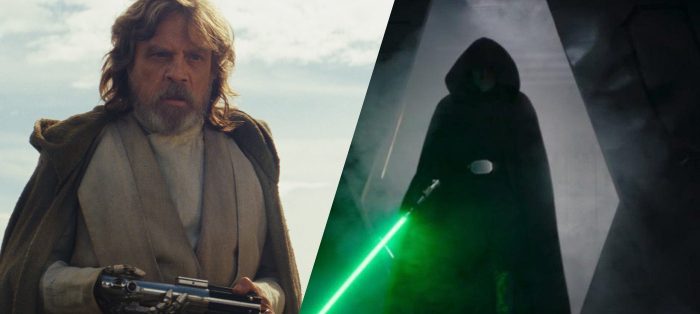
This post contains major spoilers for The Mandalorian and Star Wars: The Last Jedi.
For anyone with a passing familiarity with the timeline of The Mandalorian and its relationship to the rest of the Star Wars canon, it wasn’t a hard leap to guess that Luke Skywalker would be the Jedi to answer Grogu’s (or as you better know him, Baby Yoda) call from the temple on Tython.
When he finally did appear on the season finale of The Mandalorian, he brought with him an action scene that is at once breathtaking and startling. Evoking equal parts of Darth Vader’s Rogue One hallway scene and Obi-Wan and Qui-Gon at the beginning of The Phantom Menace, Luke Skywalker arrives and cuts down the Dark Troopers in style.
To boil it down to a word, that word would be “badass.”
This scene and depiction of Luke became a talking point between those who liked Luke’s depiction as a broken man in The Last Jedi and those who disliked or misunderstood it, finding this new scene to be a repudiation of Rian Johnson’s masterpiece. So let’s cut through the noise: the Luke on display in The Mandalorian is exactly the Luke that we’ll find years later in The Last Jedi.
Let me explain.
On one side of Excalibur, the legendary sword of Arthurian legend, it is written: “Take Me Up.” On the other side, it is written: “Cast Me Away.” Excalibur is a symbol of the responsibility of power, and Luke’s lightsaber across his journey represents this.
The Luke Skywalker we see in The Mandalorian (a series set between three and five years after Return of the Jedi) is still in the “Take Me Up” phase of his use of the laser sword. He’s building upon what he knew of his training. The Jedi who trained him still wanted him to be a sword of vengeance and justice in the galaxy. He had yet to become disillusioned. This Luke is one that wants nothing more than to help people and do good.
”You think what? I’m gonna walk out with a laser sword and face down the whole First Order?” Luke says to Rey in The Last Jedi. After all, he’s evolved past that. Maybe not in a good or healthy way, though. He’s not yet been able to synthesize all of the lessons of his past.
During the era of The Mandalorian, walking out with a laser sword and facing off against all of his foes is exactly what Luke would do. Of course he’d have to…
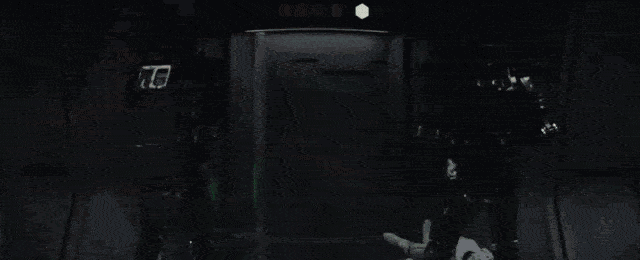
Luke felt Grogu’s presence in the Force and, thanks to the amplification of the temple, it was enough to send him tearing across the galaxy to find this powerful Force user who might be in trouble. This is Luke Skywalker’s modus operandi and exactly the reason we find him in the spot he’s in in The Last Jedi. In The Empire Strikes Back, Luke’s entire story revolves around him ignoring the wisdom of his masters to save his friends, brushing him dangerously close to the dark side. This is the same path his father was on in Attack of the Clones and was a cause of concern. Anakin thought he could change his visions of the future and fell to the dark side. Yoda promises that once one starts down the dark path, forever will it dominate their destiny.
With Grogu and Din Djarin in trouble, of course Luke Skywalker is going to fly into battle to protect them with his laser sword. At this point in Luke’s journey, this is the Jedi way. Luke has yet to find catastrophe in sensing the future and trying to affect it. The entire scene in The Mandalorian shows Luke idealizing the Jedi he has in his head.

“Now that they’re extinct, the Jedi are romanticized, deified,” Luke tells Rey. “But if you strip away the myth and look at their deeds, the legacy of the Jedi is failure. Hypocrisy, hubris.”
Luke in The Mandalorian is living up to that. This is him becoming the “legend” he tells Rey he became before he succumbed to that same hubris himself. Which is why the scene also evokes Vader’s appearance in Rogue One. And Anakin’s in Revenge of the Sith.

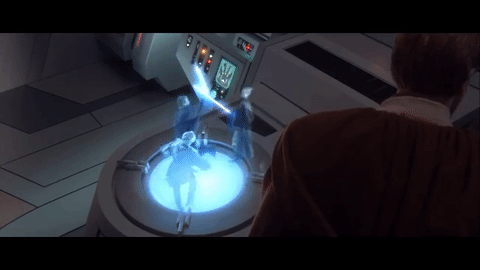
Ahsoka not taking Grogu as an apprentice is showing a different path of wisdom, though she might have been mistaken as well. She’s concerned about Grogu’s attachment because of his connection to Din Djarin, and this is exactly what happened with her master, Anakin Skywalker. Both were asked to leave their consenting parents. To Ahsoka, the risk is too great.

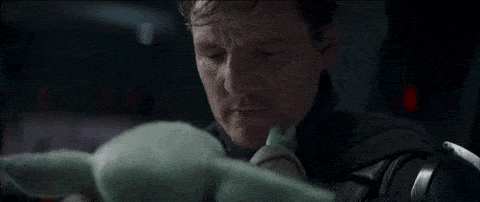
Ahsoka has learned lessons that Luke hasn’t yet. Luke says of Ben Solo, and we’ll see if it’s true of Grogu, as well: “In my hubris, I thought I could train him; I could pass on my strengths.”
Luke’s entire trajectory is about a man who can sense the future and change it for the better. Where Anakin tried and fell, Luke has been successful. He saved his friends and turned his father back to the side of good. But, as Yoda says, always in motion is the future.

It’s not possible for Luke to have won all of these fights against potential futures. And that’s why there was such a struggle in him when he saw so much darkness in his nephew that fateful night at the temple.
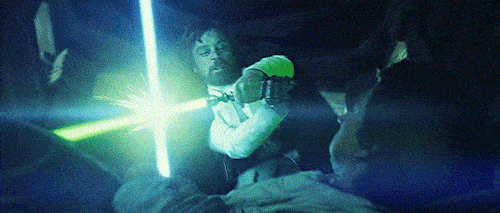
Luke’s modus operandi to this point was to fix the future before anything bad happened, no big deal. And it backfired. Horribly. He disappointed his masters, his family, the Force…the entire galaxy. And he had a lesson to learn. That’s why he went into exile. And that’s why he cut himself off from the Force, convinced he’d do more harm than good with his visions.
This is why the central question of The Force Awakens was never “Who is Rey?” It’s always been “Why didn’t Luke come to save Han?”
At the beginning of The Last Jedi, Luke is in the phase of his life where he’s turned the sword over. Luke believes that he’s learned how to cast Excalibur away. But he’s wrong. He learns that he can still save the galaxy, but can come up with ways to do it that don’t end in the violence and hubris of his past. This is why Luke’s Force projection on Crait is the perfect synthesis of all of his teachings. Luke can save his loved ones and give his nephew, Ben, a choice without having to resort to killing him.
“A Jedi uses the Force for knowledge and defense. NEVER for attack.”
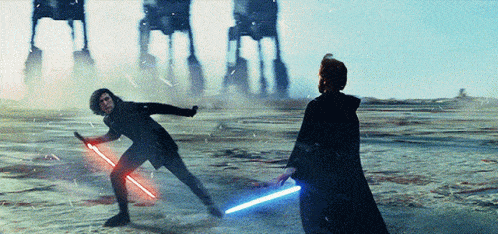
This is where Luke truly becomes a Jedi Master. He takes the path of least traditional force to save his friends. He’s taken the lessons of his youth (taking up the sword) and the lessons of his age (casting it away) and found “Peace – and Purpose.”

He’s able to use the image of the sword rather than the sword itself. And, for the most part, that’s more Jedi-like than anything we saw the Jedi of the Republic accomplish. The Luke Skywalker of The Mandalorian is in no way a repudiation of The Last Jedi. They’re the same character at different moments of their lives.
This is why I love the sprawling nature of Star Wars, watching stories across such a vast timeline. Yes, the Luke in The Mandalorian is the Luke some wanted to see in The Last Jedi, but that would’ve shown zero character growth on Luke’s part for a period of more than 30 years. It would have been the worst disservice to his character.
But we now have both and we’re all happy.
The post A Tale of Two Lukes: How ‘The Mandalorian’ and ‘The Last Jedi’ Work Together in Perfect Harmony appeared first on /Film.
from /Film https://ift.tt/3nMyfdU
via IFTTT
Comments
Post a Comment